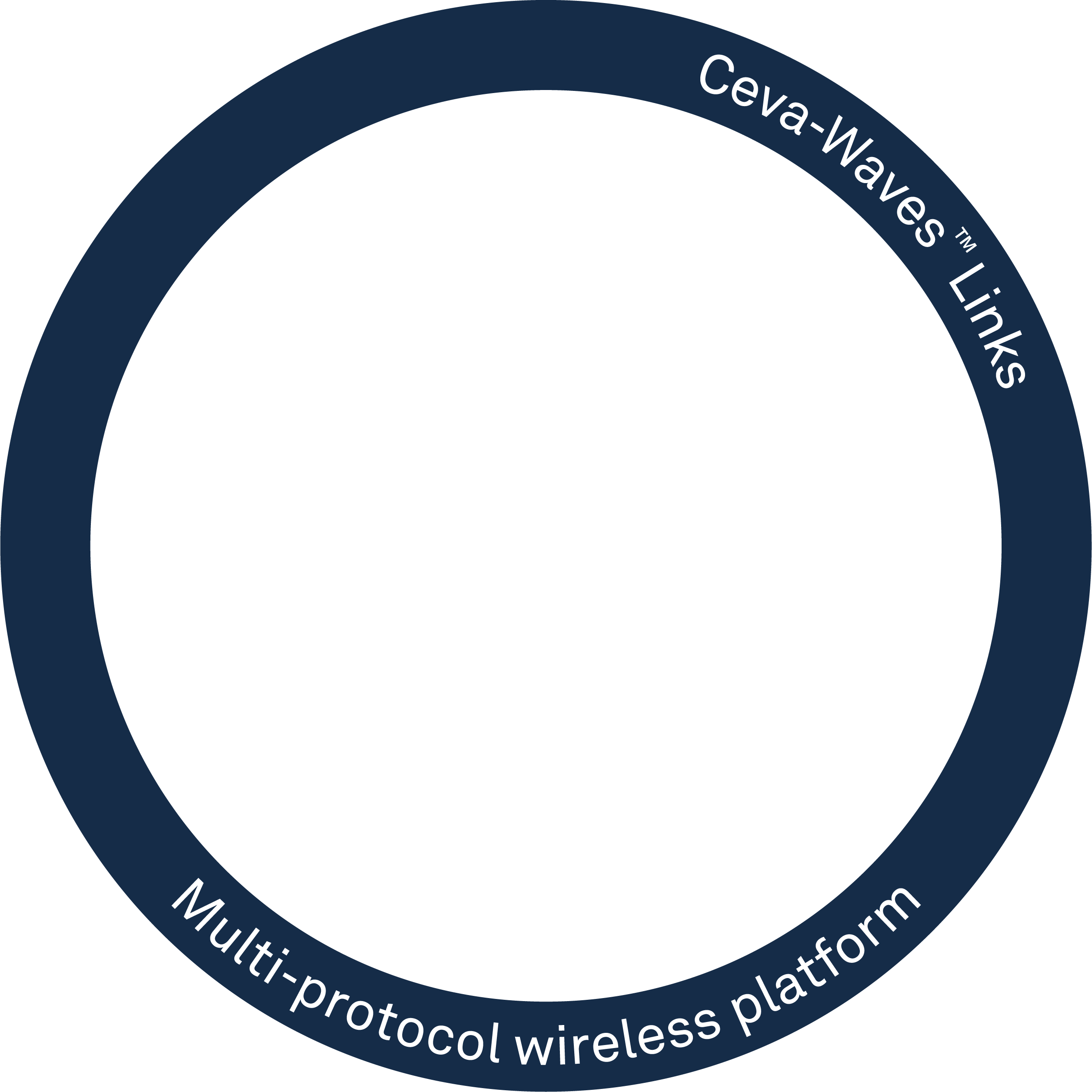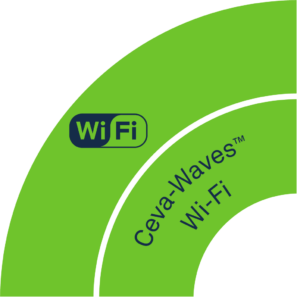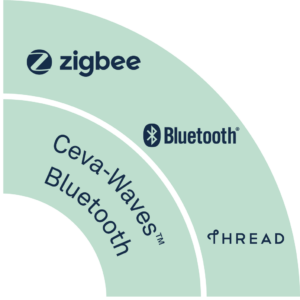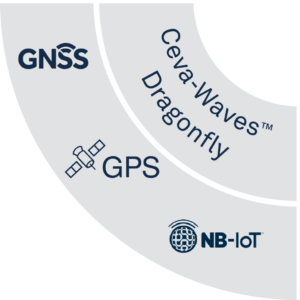Proven wireless connectivity IPs and platforms for embedded designs
Reliable, low-power short and long-range wireless connectivity is a fundamental requirement for a wide range of applications, spanning smartphones and tablets, smart speakers and audio accessories, wearables, smart home products, smart city utility meters, gateways and access points, industrial and automotive systems, smart key access and a whole host of other devices being created for the Internet of Things (IoT).
The highly competitive nature of these markets constantly pushes developers up the integration curve, with winning solutions embedding connectivity such as Wi-Fi, Bluetooth, Ultra-wideband (UWB), and NB-IoT technologies directly into the SoCs and ASSPs at the heart of these products. With Ceva-Waves Links, Ceva’s versatile family of multi-protocol wireless platform IP, any mix of these technologies may be seamlessly integrated into a connectivity-rich SoC and run concurrently, with smart coexistence to avoid interference particularly when operating on the same frequency band.
The Ceva-Waves portfolio offers:
- Proven, portable, and certified IP solutions that can be quickly and easily embedded into silicon
- Area and power-efficient implementations to enable differentiating silicon products
- Comprehensive platform solutions to accelerate the design curve
- Optimized solutions appropriate for the target product, be that:
- Wi-Fi Station and/or Access Point, from low power IoT through to multi-gig high performance, spanning Wi-Fi 6(802.11ax) and Wi-Fi 7 (802.11be); or
- low power Bluetooth dual mode (BTDM) or ultra-low power Bluetooth LE (BLE); or
- power-optimized Ultra-wideband (UWB) compliant with 802.15.4z HRP, Fira Consortium, and Car Connectivity Consortium (CCC), along with Doppler radar capability
- low power eNB-IoT Release 15, and Dual-Mode eNB-IoT & GNSS
- Adaptable coexistence schemes for smooth simultaneous operation
- Integrated turnkey multi-protocol Ceva-Waves Links platform embedding any of the Wi-Fi, Bluetooth, 802.15.4 and UWB wireless connectivity
Wireless IoT
Target Applications
Delivering reliable, power-efficient Wi-Fi, Bluetooth, 802.15.4 and Ultra-wideband connectivity at a minimum cost is a challenge for every mobile device designer
Smart watches, smart bands, human/pet/asset trackers and earbuds are just some of the applications that demand ultra-low-power, ultra-miniature SoCs with embedded Wi-Fi and/or Bluetooth and/or 802.15.4 and/or Ultra-wideband and/or NB-IoT
Without efficient and effective connectivity, developing IoT devices for the smart home or city would simply not be possible
From smart meters to smart cities, from factory floor to long-range asset tracking, Wi-Fi, Bluetooth, 802.15.4, NB-IoT and GNSS are an essential part of the connectivity mix
IoT devices and M2M communications require multiple wireless standards, including NB-IoT and LTE Cat-M
From luxury to entry-level models, Wi-Fi, Bluetooth and Ultra-wideband are no longer optional extras on today's smart and connected cars









